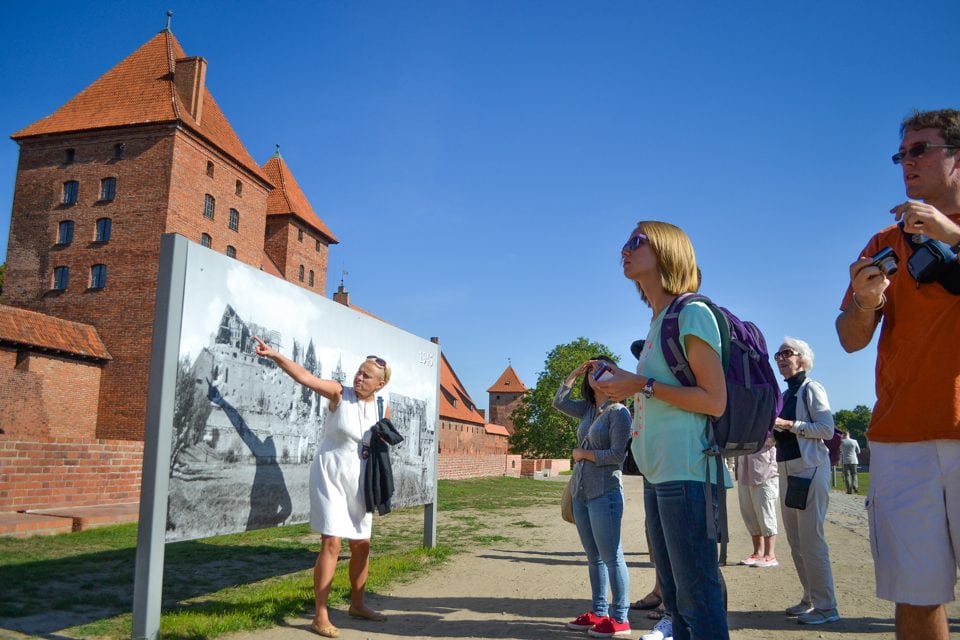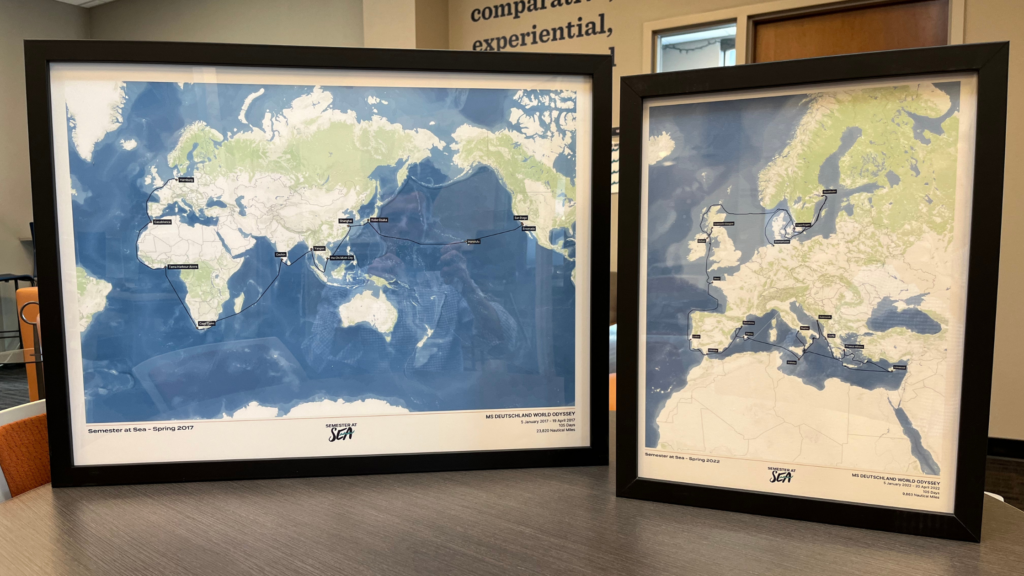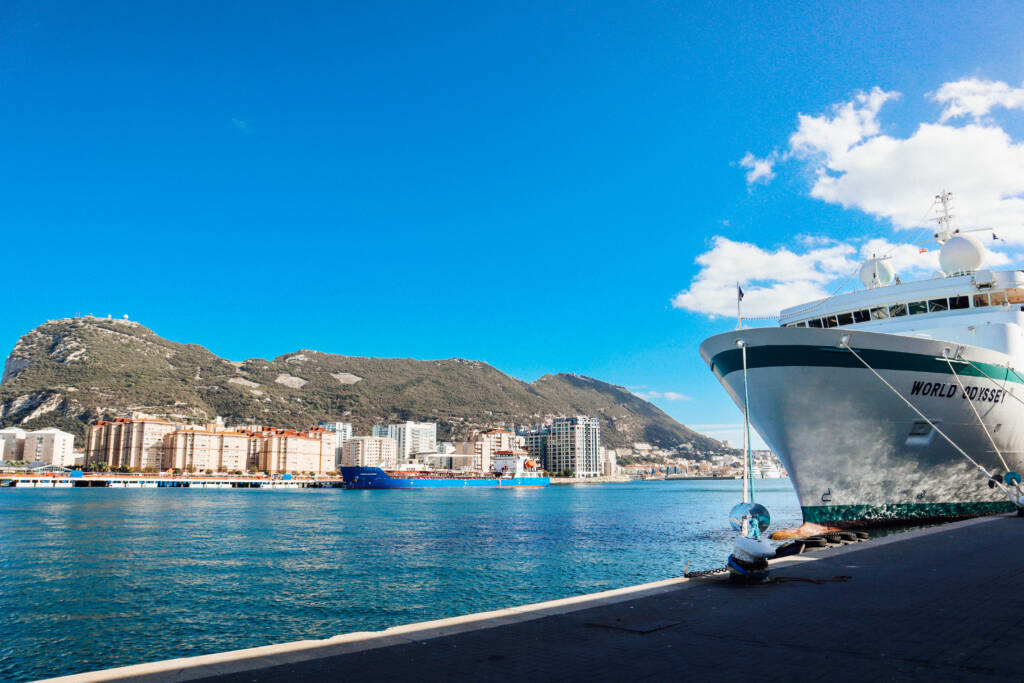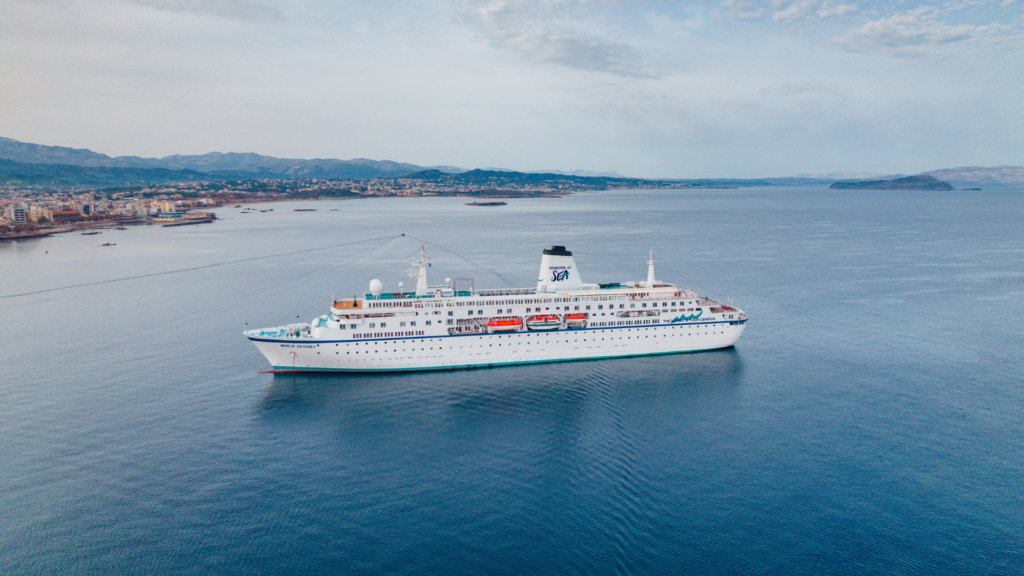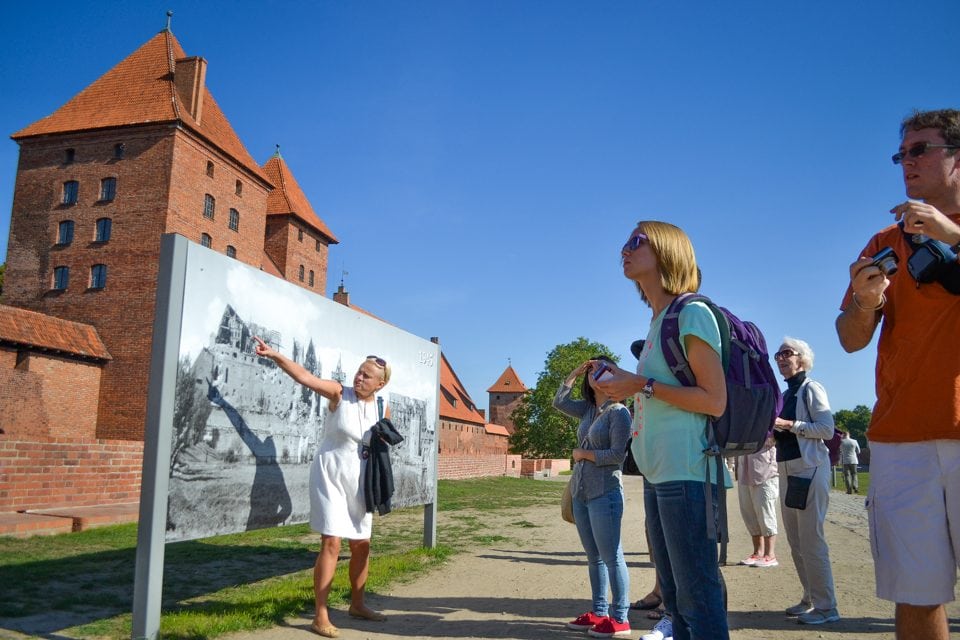
As members of the shipboard community disembarked to explore the castles of Poland, they might have been expecting medieval stories of kings, dungeons, and moats. But what they found instead was not a fairytale but a story of turbulence and strength.
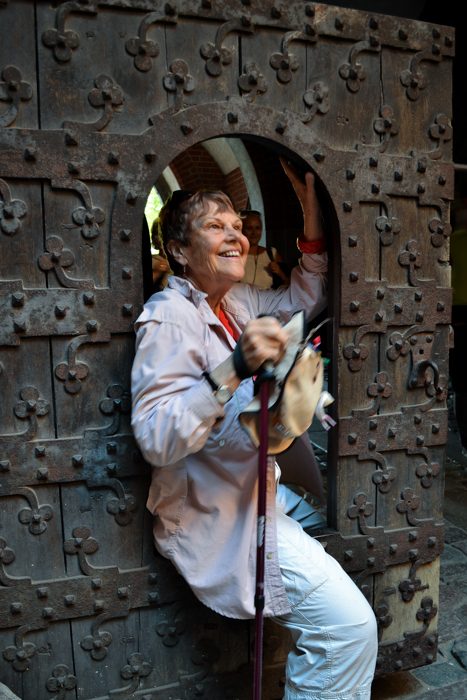
Malbork Castle, the largest brick castle in the world, was built by monks over a 120 year period. Passing through the hands of many countries and leaders since its creation, the structure has evolved over the years but its medieval spirit stayed in tact. World War II took a major toll on the castle and left holes where there were once walls. As the group traced the castle inch by inch for its historical significance and medieval origin, highlights spanned from the thirteenth to the nineteenth centuries. The history was so rich and diverse that it could be overwhelming as well.
“It’s such a conglomeration from so many different periods‚ĶYou could see where they rebuilt it,” remarked faculty member Dr. Reade Dornan. With her love of Arthurian stories, Dr. Dornan joined in to learn more about the Teutonic Nights. With only bits of their work still in place, the castle ended up being more of a tale of resilience and reconstruction. The effort that went into restoring the castle to its original form was evident from the photographs of its once damaged structure.
As a first time visitor to a castle of any kind, Vanessa Yuan, student from Cabrini College, was excited to see what was behind the tall brick walls. As she explored the many chambers and expanse grounds, she could not help but be drawn to the tiniest of structures. “I liked going through the narrow and steep parts. It was interesting to think someone lived here,” said Yuan. Walking through the intricate twists and turns within the castle walls, a human element could not be ignored.
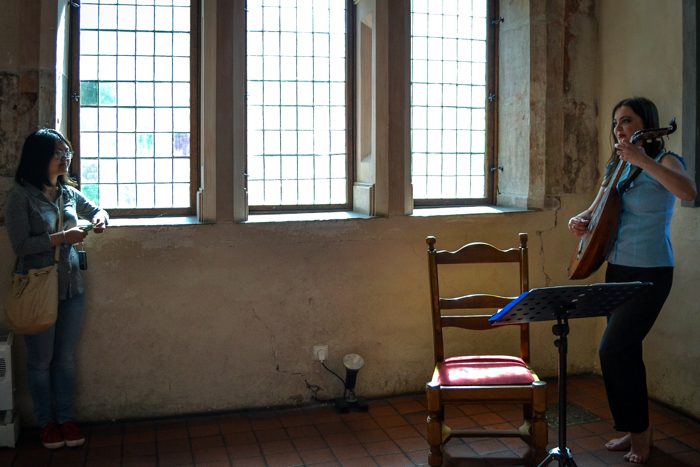
That same element was brought even more to life by the tour’s second stop, the Museum in Kwizdyn. Quite the opposite of the Malbork Castle, The Museum told the stories of the people who lived within its walls. Exhibits organized with artwork, farming tools, and common trinkets helped paint the picture of every day life in Kwizdyn. While the castle itself was left relatively untouched and close to its original structure, its unsteady past came through a different medium.
With Poland’s complex history, the castles were evidence of much of the country’s struggle. Their story while vast and challenging was one that was observed in explorations in Poland’s towns both big and small. “I don’t think the students will get a chance to go to such an out of the way place again… They will remember this,” said Dornan.
